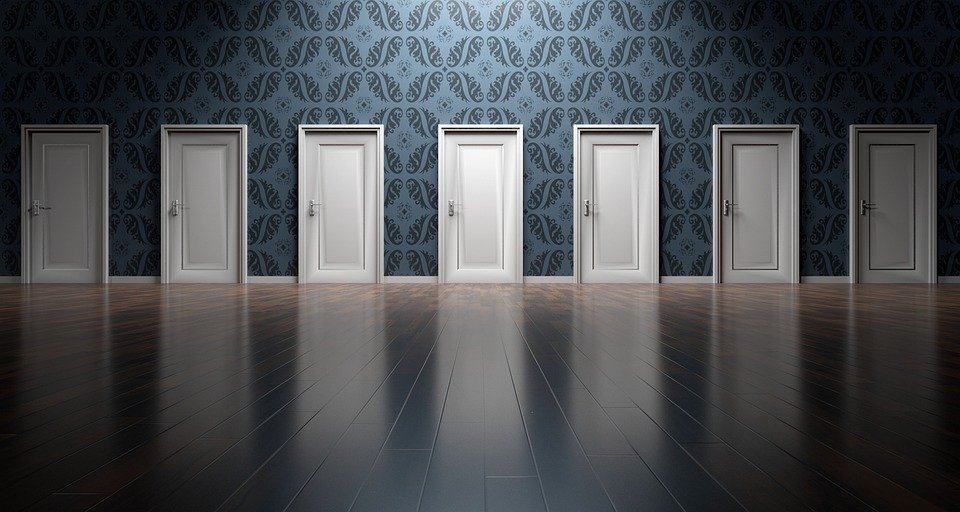artificial intelligence Meets Art: Exploring the Magic of Generative AI Creations
Introduction
Artificial Intelligence (AI) has been revolutionizing various industries, and the world of art is no exception. The merging of AI and art has given rise to a new form of creative expression called generative AI creations. These AI-powered artworks have captivated audiences and sparked conversations about the future of art. In this article, we will delve into the magic of generative AI creations and explore how AI is transforming the art world.
Understanding Generative AI
Generative AI refers to the use of artificial intelligence algorithms to create original content. Unlike traditional AI systems that rely on predefined rules, generative AI models learn from large datasets and generate unique outputs. This enables AI to create art that is both innovative and unexpected.
The Role of AI in Art Creation
AI has opened up new possibilities for artists by providing them with powerful tools to augment their creativity. Artists can now use AI algorithms to generate music, paintings, sculptures, and even poetry. AI acts as a collaborator, assisting artists in exploring new styles, techniques, and ideas that were previously unexplored.
Benefits of AI in Art Creation
- Unlimited Inspiration: AI can analyze vast amounts of art and generate new ideas, providing artists with unlimited inspiration.
- Efficiency: AI algorithms can speed up the creation process, allowing artists to experiment and iterate more quickly.
- Exploration of New Styles: AI can help artists explore various styles and techniques, pushing the boundaries of traditional art.
- Collaborative Art: AI can collaborate with human artists, resulting in unique and unexpected artistic expressions.
Examples of Generative AI Art
Generative AI art has produced remarkable creations that challenge our perception and understanding of art. Here are a few notable examples:
1. “The Next Rembrandt”
In 2016, a team of data scientists and art historians used AI to create a new Rembrandt painting. The AI algorithm analyzed Rembrandt’s entire body of work and used the data to generate an entirely new painting in Rembrandt’s style. The result was a stunning portrait that captured the essence of Rembrandt’s artistry.
2. “AICAN”
“AICAN” is an AI artist developed by researcher Ahmed Elgammal. AICAN was trained on a dataset of thousands of paintings from various art movements. Using deep learning algorithms, AICAN generates unique artworks that possess a blend of different artistic styles. The creations of AICAN have been exhibited in galleries and have received critical acclaim.
FAQs
Q1: Can AI replace human artists?
No, AI cannot replace human artists. While AI can assist artists and generate unique creations, it lacks the emotional depth and subjective interpretation that human artists bring to their work. AI should be seen as a tool that amplifies human creativity rather than a replacement for it.
Q2: Is generative AI art considered plagiarism?
Generative AI art is not considered plagiarism. Although AI algorithms learn from existing art, the generated outputs are unique and original. AI is a tool that provides inspiration and generates novel ideas, but it cannot replicate the creative process and intent of human artists.
Q3: What are the ethical implications of AI in art?
The ethical implications of AI in art are still being explored. Some concerns include issues of authorship, copyright, and the potential devaluation of human creativity. However, AI also opens up opportunities for collaboration, democratization of art, and exploration of new artistic frontiers.
Conclusion
Generative AI creations have brought a new dimension to the art world. AI algorithms have the ability to generate unique and innovative artworks that challenge our understanding of creativity. While AI cannot replace human artists, it can act as a powerful collaborator and tool for artistic exploration. As AI continues to evolve, we can expect even more magical creations that blur the lines between technology and art.

